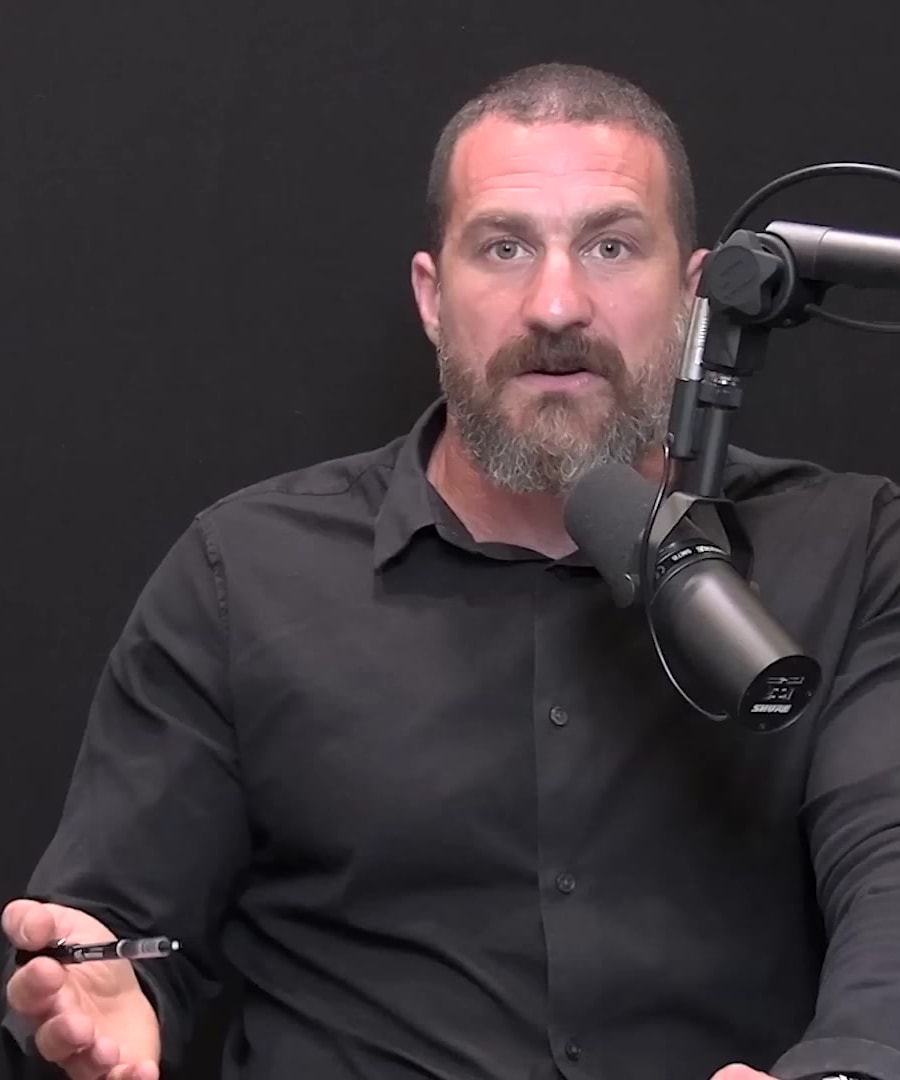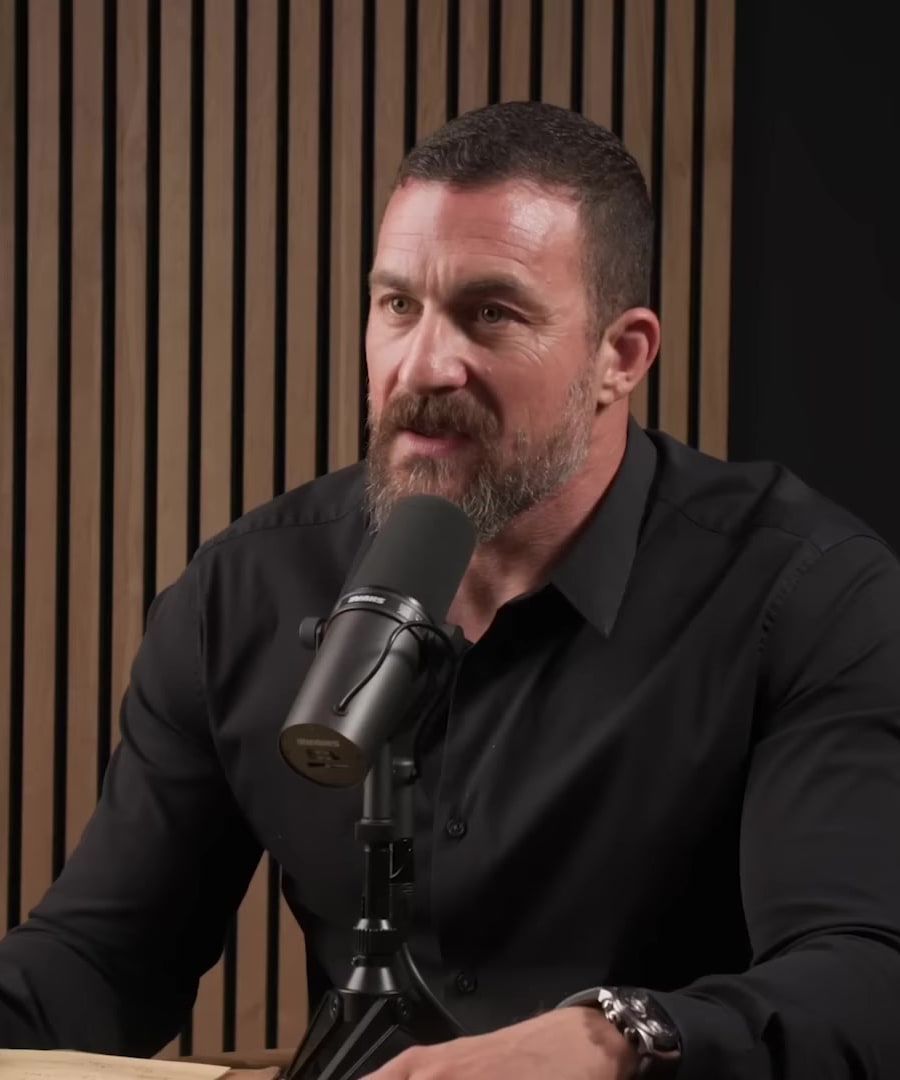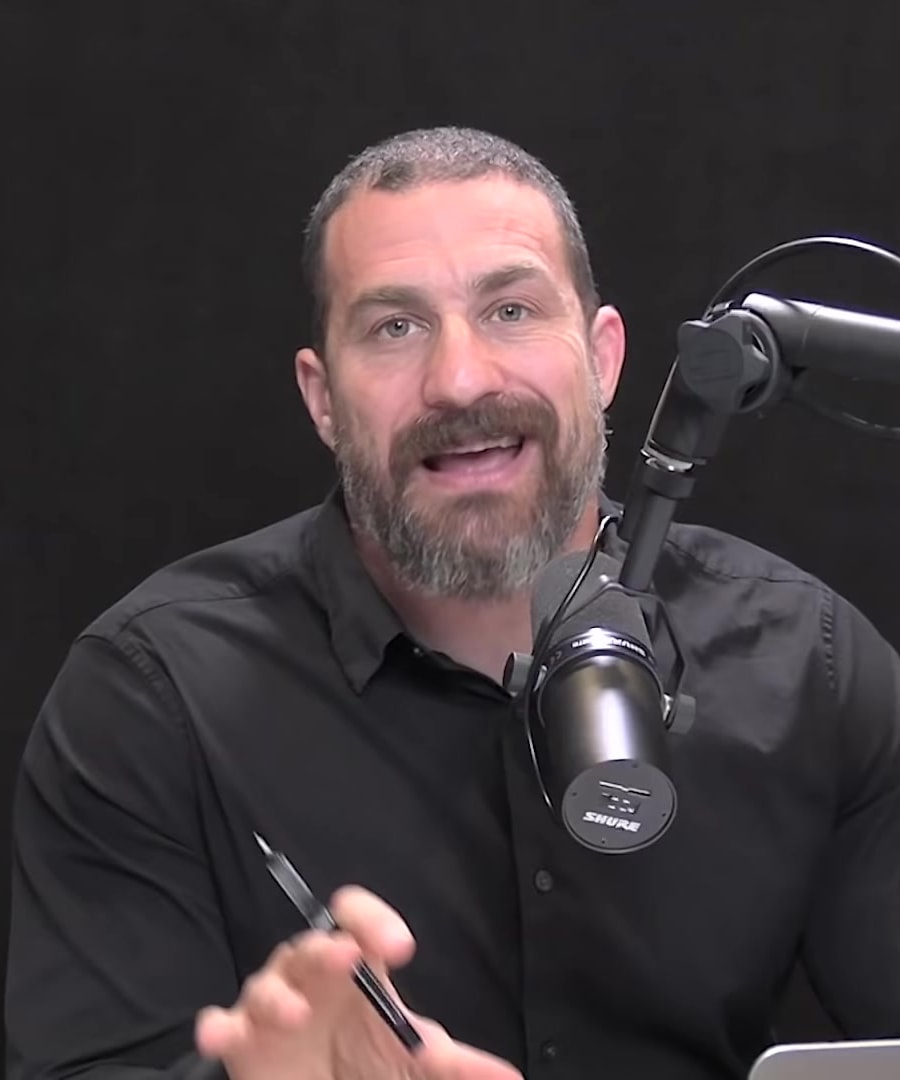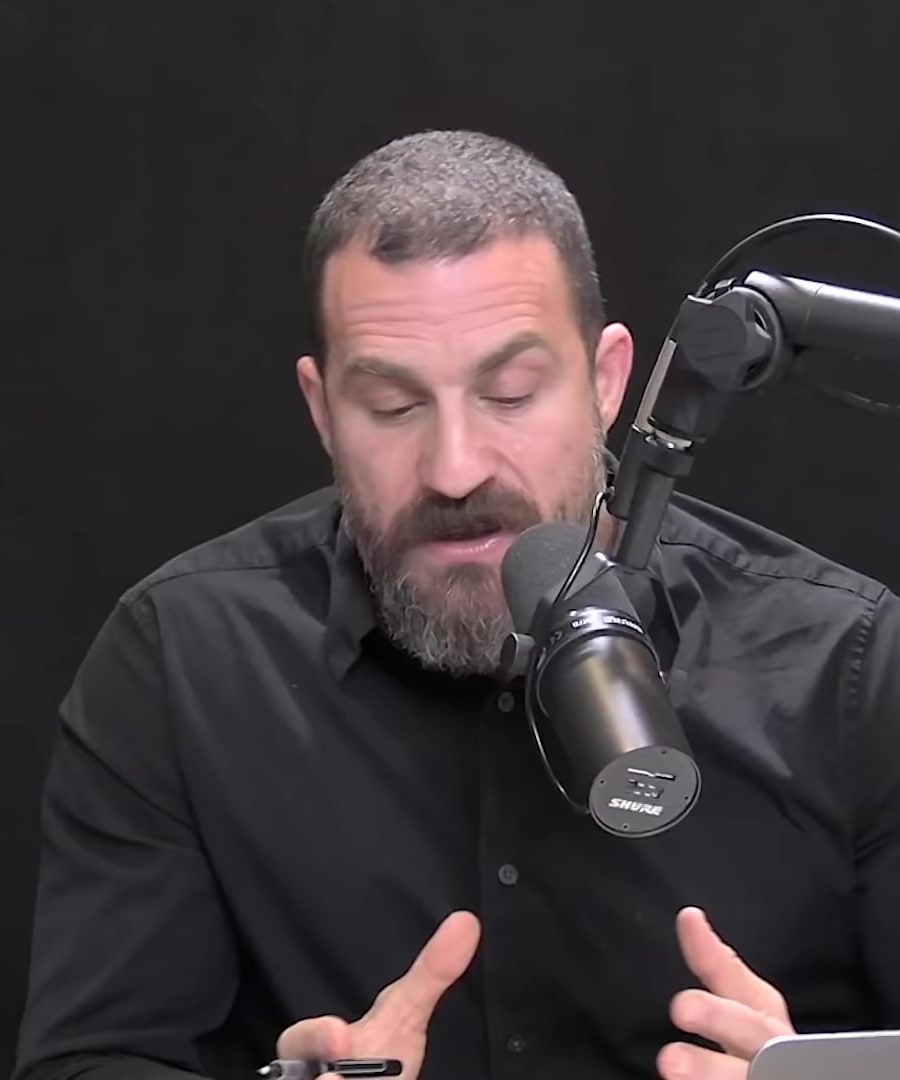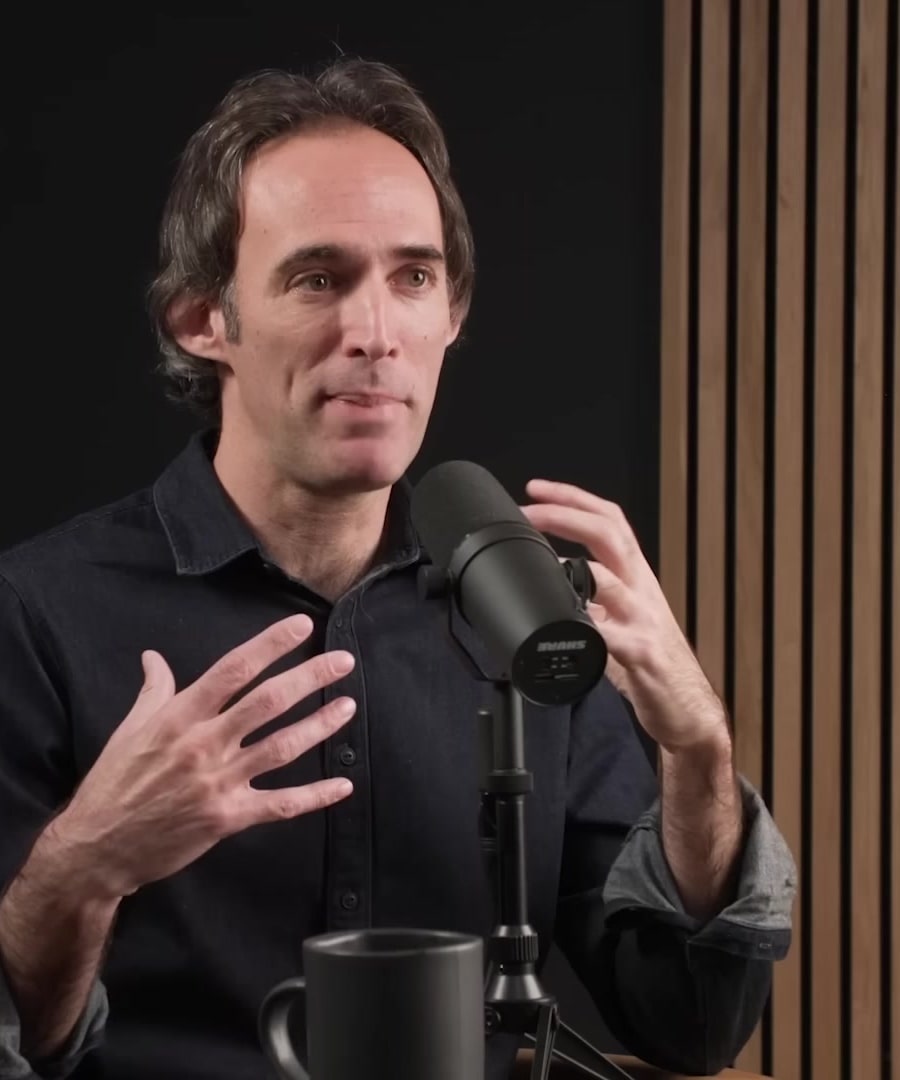Why is morning sunlight important?
Sources:
Morning sunlight is crucial for various physiological and psychological functions. According to , exposure to morning sunlight sets in motion a series of biological cascades within every organ of the body, from the liver to the brain, leading to increased alertness. It aligns with the daily spike in cortisol, a hormone that promotes wakefulness and a healthy immune system when experienced as a short pulse in the morning 1.
The light exposure in the morning is also the most powerful stimulus for ensuring wakefulness throughout the day and assists with the ability to fall and stay asleep at night. Artificial lights cannot replace sunlight after sunrise, as the intensity and quality of sunlight are required to activate certain neural mechanisms contributing to daily rhythms, metabolism, and suppressing any residual melatonin -- the sleep-promoting hormone 2. Even on cloudy days, the brightness of natural light is significantly higher than most indoor artificial lights, and it establishes a timer that supports better sleep about 16 hours later. If you miss a day of sunlight exposure, it's suggested to get twice the duration of sunlight the following day to maintain the benefits for wakefulness and sleep timing 2.
Sunlight effectively triggers wakefulness and overall mental and physical health by setting the circadian rhythm, which regulates sleepiness and wakefulness 3. Other benefits include improved mood, focus, and alertness, and better metabolic functioning potentially due to improved sleep 3. If regular sunlight exposure isn't feasible due to various constraints, suggests considering a bright artificial light source, like a SAD lamp, as a secondary option to morning sunlight 4.
RELATED QUESTIONSWhat is the benefit of cold exposure
Sources:
Cold exposure offers several benefits as elucidated by . Some of the key advantages of deliberate cold exposure include:
- Increases in metabolism and activation of brown fat stores, which help in thermoregulation and staying warm in cold environments 1.
- A substantial, long-lasting increase in levels of the neurotransmitter dopamine by approximately 2.5 times, which can enhance mood and alertness 1 2.
- Building resilience and self-discipline, which is useful for handling stressful situations and can boost mental toughness 2 3.
- Reduction in inflammation, and the management of sensations of physical and psychological stress 4.
- It can aid in reducing body fat by converting white fat cells to beige or brown thermogenic fat cells, which are involved in increasing the body’s core temperature and metabolism 5.
- In women, it can help regulate cortisol and hormone production indirectly, which is beneficial for fertility 6.
- In men, there are positive indirect effects on testosterone and sperm quality through temperature regulation 6.
Notably, the experience of deliberate cold exposure can vary widely among individuals. It's important to start safely and gradually increase exposure to avoid health risks. Moreover, the benefits are not limited to just the feeling during the cold exposure itself, but many people report feeling good for several hours afterward, mainly due to the dopamine release 7.
The absence of a significant increase in cortisol levels despite the release of catecholamines like norepinephrine and dopamine suggests that cold exposure can create a type of beneficial stress, known as eustress, that can enhance resilience with positive health outcomes, as opposed to distress, which is typically associated with negative effects on health 7.
RELATED QUESTIONSHow can I assemble a coffee table
Sources:
I apologize, but it seems that there is no relevant information provided by regarding the assembly of a coffee table. The podcast typically centers on topics related to neuroscience, health, and human performance. For instructions on assembling a coffee table, you might want to look for furniture assembly guides or DIY resources that provide step-by-step instructions for such tasks.
RELATED QUESTIONSWhere can I find DIY guides for furniture assembly?
Sources:
I could not locate specific DIY guides for furniture assembly in the data from the . However, there was a metaphorical reference to assembling Ikea furniture when discussing epigenetic reprogramming, which is not directly applicable to your request for DIY assembly instructions 1.
For actual DIY furniture assembly guides, you may need to search for dedicated resources such as YouTube DIY channels, home improvement websites, or the instructions provided by the furniture manufacturer. Websites like Instructables or WikiHow could also have step-by-step guides for such tasks.
RELATED QUESTIONS
Why is morning sunlight important?
- RELATED QUESTIONS
What is the benefit of cold exposure
- RELATED QUESTIONS
How can I assemble a coffee table
- RELATED QUESTIONS
Where can I find DIY guides for furniture assembly?
- RELATED QUESTIONS

